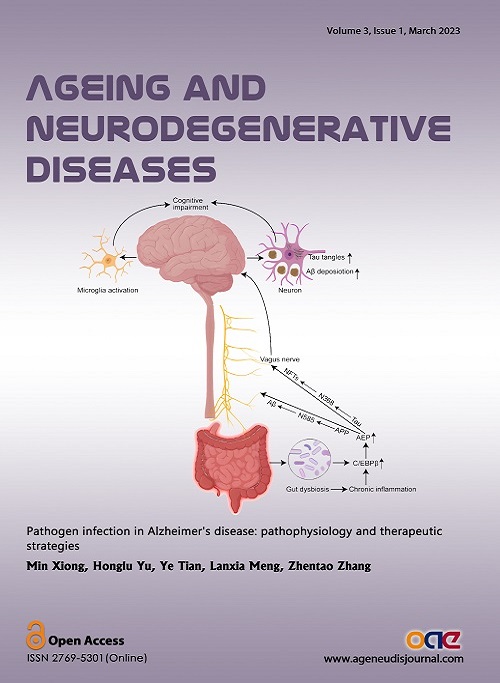Volume 3, Issue 1 (March, 2023) – 5 articles
Cover Picture: Alzheimer’s disease (AD) is the most common neurodegenerative disease, which is characterized by the deposition of senile plaques composed of amyloid-β (Aβ) and neurofibrillary tangles (NFTs) composed of hyperphosphorylated tau. Currently, the underlying cellular and molecular mechanisms of AD are still unclear. Growing evidence suggests that pathogen infections prominently promote the development of AD pathology. In this article, we reviewed the effect of multiple infectious pathogens that contribute to AD pathogenesis. Pathogens such as bacteria, viruses, and fungi are detected in the brains of AD patients and are known to be able to promote the development of AD pathology, including Aβ deposition and the formation of tau tangles. Here, we summarized the infectious pathogen-associated mechanisms of AD and provided new insight into the anti-infection remedy for AD.
view this paper 






